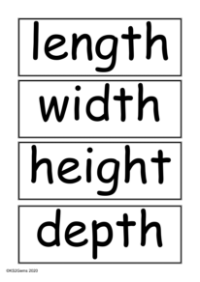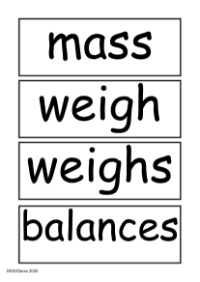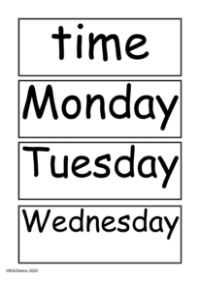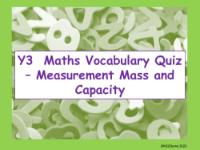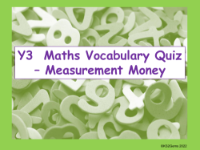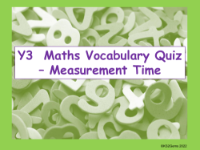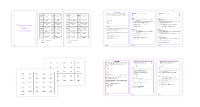Vocabulary - Measures: Capacity

Maths Resource Description
The vocabulary associated with measures of capacity is essential for KS2 students to understand and utilise when discussing and working with volumes of liquids and substances that can be contained. The term 'capacity' refers to the maximum amount that a container can hold. This concept is often related to whether a container is 'full', 'half full', or 'empty', which are terms used to describe the extent to which a container has been filled with a substance. These descriptors help children visualise and estimate the volume of liquid in a container without precise measurements.
To measure and express capacity with accuracy, standard units such as 'litre' (l) and 'millilitre' (ml) are used. The 'litre' is a larger unit of measurement, while a 'millilitre' is a much smaller unit, with 1,000 millilitres making up a litre. For intermediate measurements, the term 'half-litre' is often used, indicating a volume that is exactly half of a litre. Understanding these units allows students to measure, compare, and calculate the capacity of various 'containers', which can be any vessel designed to 'hold' or 'contain' a substance. Mastery of this vocabulary lays the groundwork for practical applications in everyday life and scientific contexts.

